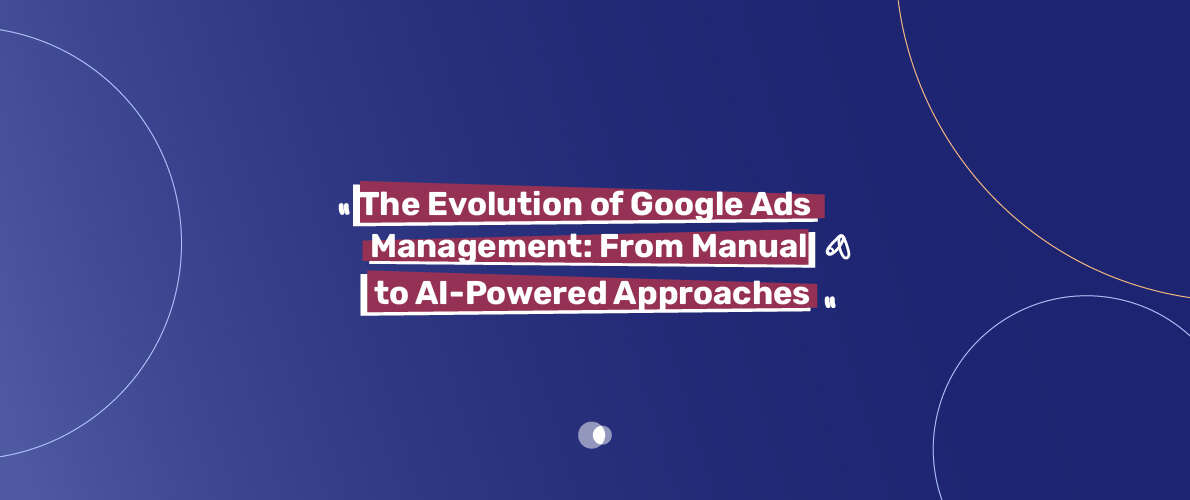Back in 2000, running a Google AdWords campaign meant endless spreadsheet tweaks and keyword guesswork. Fast forward to 2025, and AI is your campaign co-pilot, optimizing ads across Search, YouTube, and Maps in real time.
Table of Contents
This transformation, known as The Evolution of Google Ads Management, has turned digital advertising from a manual slog into an AI-driven art form. Whether you’re a small business or part of a Google Ads management agency in Dubai, this guide traces the journey, highlights workflow shifts, and shares actionable tips to thrive in today’s AI-powered landscape.
The Manual Era: Grinding Through Google AdWords in the 2000s
When Google AdWords launched in 2000, it introduced a pay-per-click (PPC) model that changed advertising forever, but managing campaigns was a hands-on grind, especially for businesses handling Google Ads management Dubai.
- In the early days, marketers manually crafted keyword lists, choosing broad, phrase, or exact match types to control when ads appeared, and added negative keywords to block irrelevant searches, a time-consuming task requiring daily checks.
- Writing ad copy meant creating static text ads without automation, where A/B testing involved launching new versions and waiting weeks for performance data, a slow process for businesses aiming to stand out.
- Setting bids for each keyword was a daily ritual, with adjustments based on basic reports or gut feel, often tracked in sprawling spreadsheets, making campaign management a labor-intensive puzzle.
- Google introduced Quality Score in 2005, ranking ads on relevance rather than just bids, pushing advertisers to optimize ad copy and landing pages to compete effectively.
- Conversion tracking, also launched in 2005, showed post-click actions like purchases, but setting it up was manual and clunky, adding to the workload for those looking to buy Google Ads account setups.
- Tools like AdWords Editor, released in 2006, helped with bulk edits, but managing thousands of keywords remained a headache, highlighting the need for expertise.
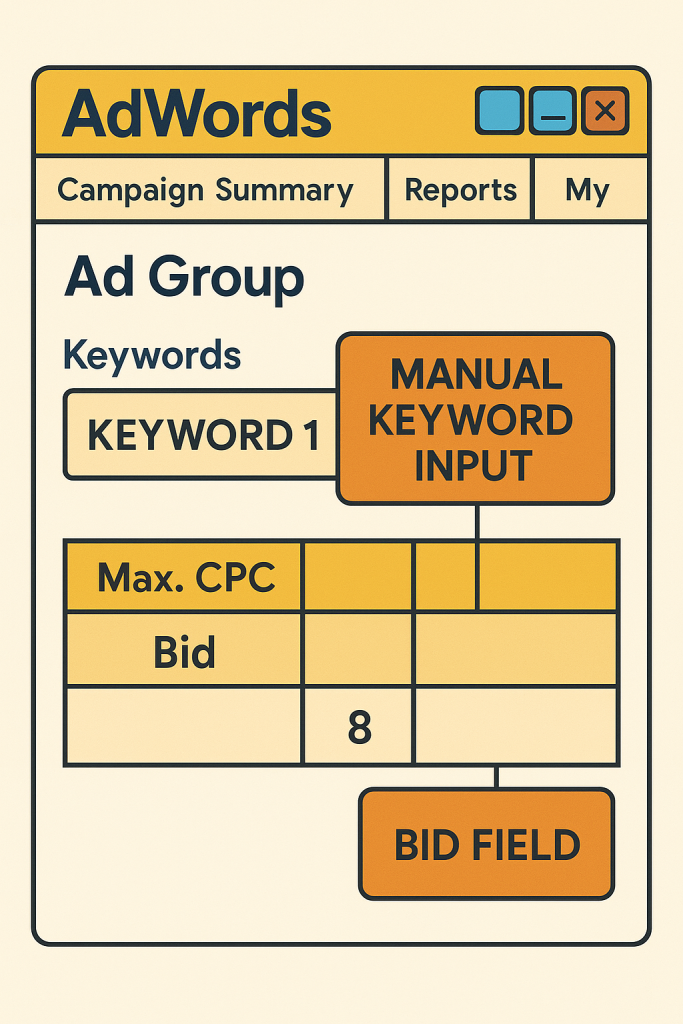
Early Automation: Simplifying the Grind in the Late 2000s to Early 2010s
By the late 2000s, advertisers wanted conversions, not just clicks, and Google introduced tools that laid the groundwork for AI-driven campaigns, a shift that resonated with agencies offering Google Ads Optimization Dubai.
- Conversion Optimizer, launched in 2007, used conversion data to auto-adjust bids for a target cost per acquisition, requiring at least 15 conversions monthly but moving the focus from clicks to outcomes.
- Enhanced CPC, introduced in 2010, blended manual bidding with automation, allowing Google to tweak bids up or down by 30% based on conversion likelihood, easing advertisers into algorithmic control.
- Enhanced Campaigns, rolled out in 2013, merged device targeting into single campaigns, simplifying mobile and desktop management while setting the stage for AI to optimize across platforms.
- Automated rules let advertisers set conditions, like pausing keywords with no conversions after $100 spent, saving time on routine tasks but remaining reactive rather than predictive.
- Dynamic Search Ads, launched in 2011, auto-generated ad headlines from website content, reducing keyword research effort and helping businesses Reactive Google Ads account after suspensions.
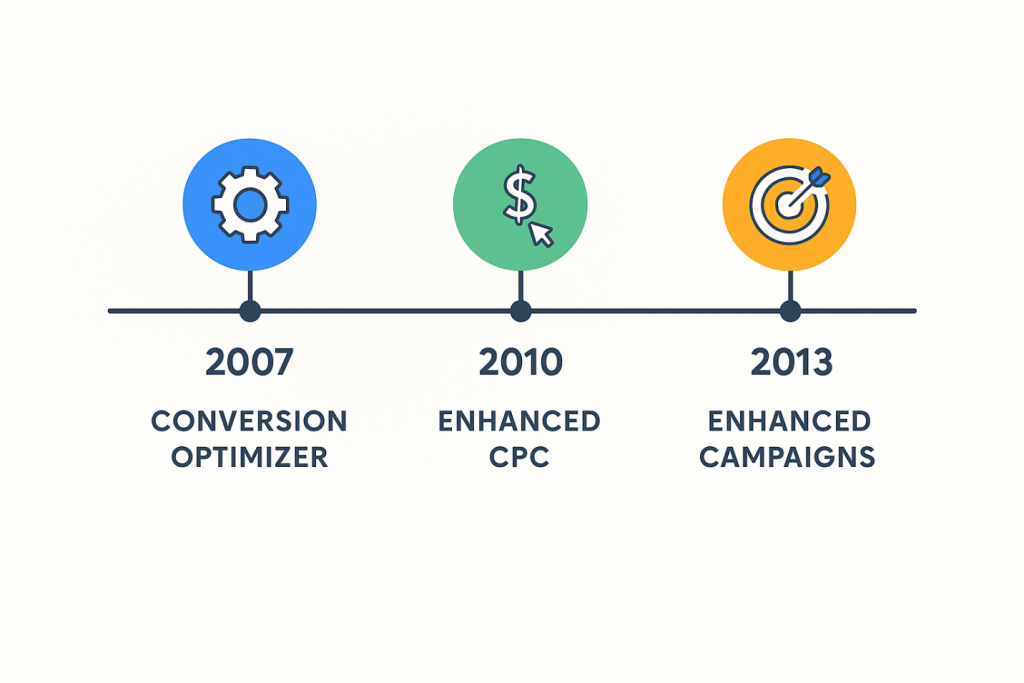
The AI Revolution: Machine Learning Reshapes Google Ads in the Mid-2010s to 2020s
The mid-2010s saw Google Ads Dubai embrace machine learning, transforming it into a platform where AI handles complex tasks, a game-changer for Google Ads management agency in Dubai in competitive markets.
- Smart Bidding, introduced in 2016, used auction-time bidding to optimize bids for each search based on signals like device, location, and user behavior, with strategies like Target CPA and Target ROAS cutting CPA by 30%.
- Responsive Search Ads, launched in 2018, allowed advertisers to input up to 15 headlines and 4 descriptions, with AI testing combinations to serve the best ad, replacing static Expanded Text Ads by 2022.
- Performance Max campaigns, rolled out in 2021, unified ads across Search, YouTube, Display, Gmail, Maps, and Discover, with AI handling bidding, targeting, and creative selection for goals like conversions.
- Generative AI, integrated by 2023, powered tools like Asset Studio to create ad text and images in seconds, streamlining creative tasks for businesses in Google Ads management Dubai.
- AI Max for Search campaigns, set to roll out in Q3 2025, uses “keywordless” tech to match ads to nuanced queries, boosting conversions by 14-27%, as reported at Google Marketing Live 2025.
- Ads in AI Overviews, Google’s AI-generated search summaries, now appear above or below snapshots, tapping into new intent moments and expanding reach for advertisers.
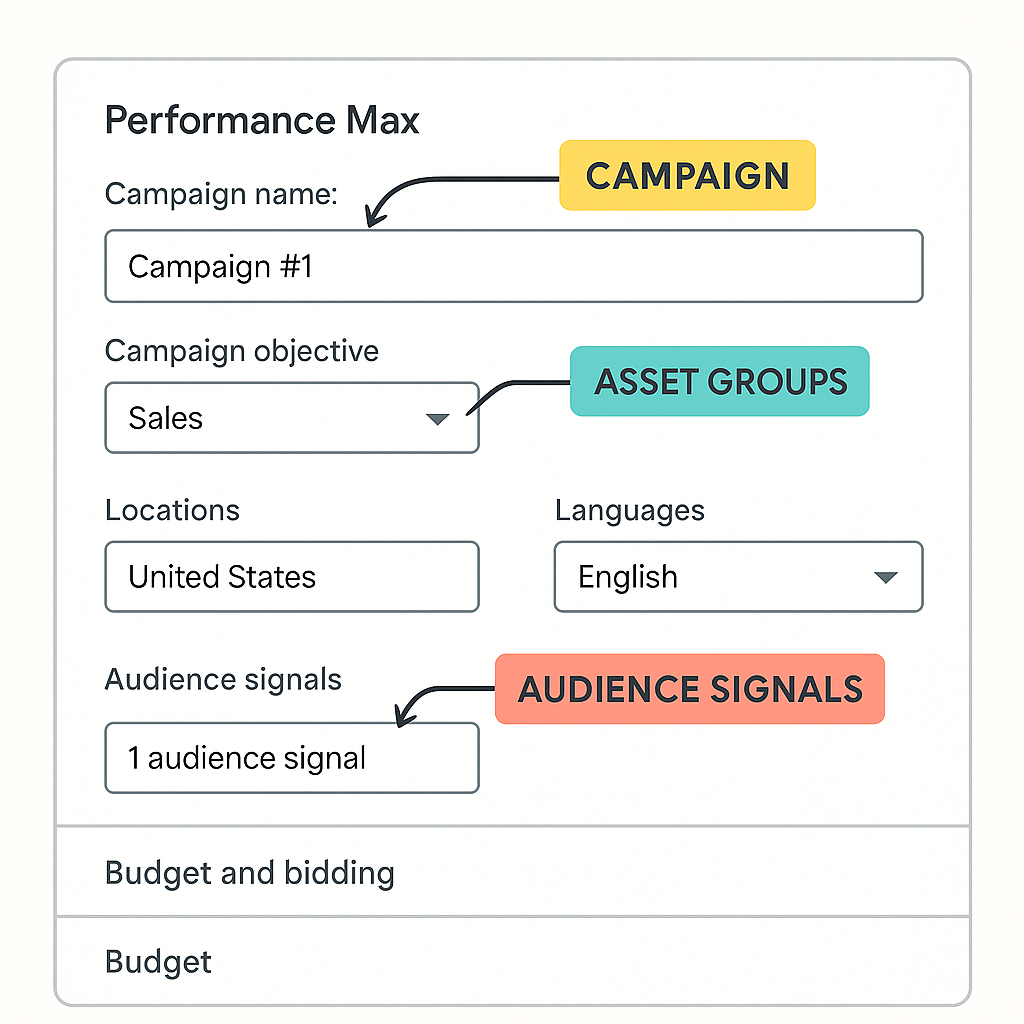
Workflow Shifts: From Bid Operator to AI Orchestrator
The Evolution of Google Ads Management has transformed how marketers work, moving from manual micromanagement to strategic oversight, a shift that’s critical for Google Ads Optimization Dubai.
- In the 2000s, PPC managers spent hours daily adjusting keywords and bids, relying on spreadsheets and manual A/B tests, with success tied to expertise and constant attention.
- Today, AI handles repetitive tasks like bidding and ad testing, freeing marketers to set goals like Target ROAS, feed first-party data, and provide diverse creative assets.
- Modern marketers monitor performance, tweak negative keywords, and run experiments to validate AI decisions, acting as “AI orchestrators” rather than bid operators.
- Agencies now prioritize data quality and creative excellence, ensuring algorithms align with business goals, especially for accounts needing to Reactive Google Ads account after policy issues.
- New skills like data analysis, strategic goal-setting, and creative oversight are essential, as marketers guide AI to maximize ROI in a complex digital landscape.
Strategic Implications: Wins and Challenges of AI
AI has supercharged Google Ads, but it comes with trade-offs that shape strategy for advertisers and agencies alike.
- AI’s precision targeting analyzes user behavior, boosting click-through rates by up to 131% and conversions by 18%, as seen with Performance Max campaigns, ideal for Google Ads management Dubai.
- Automation cuts cost per acquisition by 30% and frees marketers for high-level tasks, enabling small businesses to scale without large teams.
- The “black box” nature of AI decisions frustrates some advertisers, though channel-level reporting for Performance Max, introduced in 2023, improves transparency.
- AI relies on accurate first-party data, and poor tracking can derail campaigns, making robust conversion setups critical for success.
- Generative AI risks “hallucinating” false ad content, requiring human oversight to protect brand integrity and avoid compliance issues.
- A hybrid approach—AI for bidding, humans for strategy—yields the best results, with manual bidding still cutting costs by up to 40% for branded campaigns.
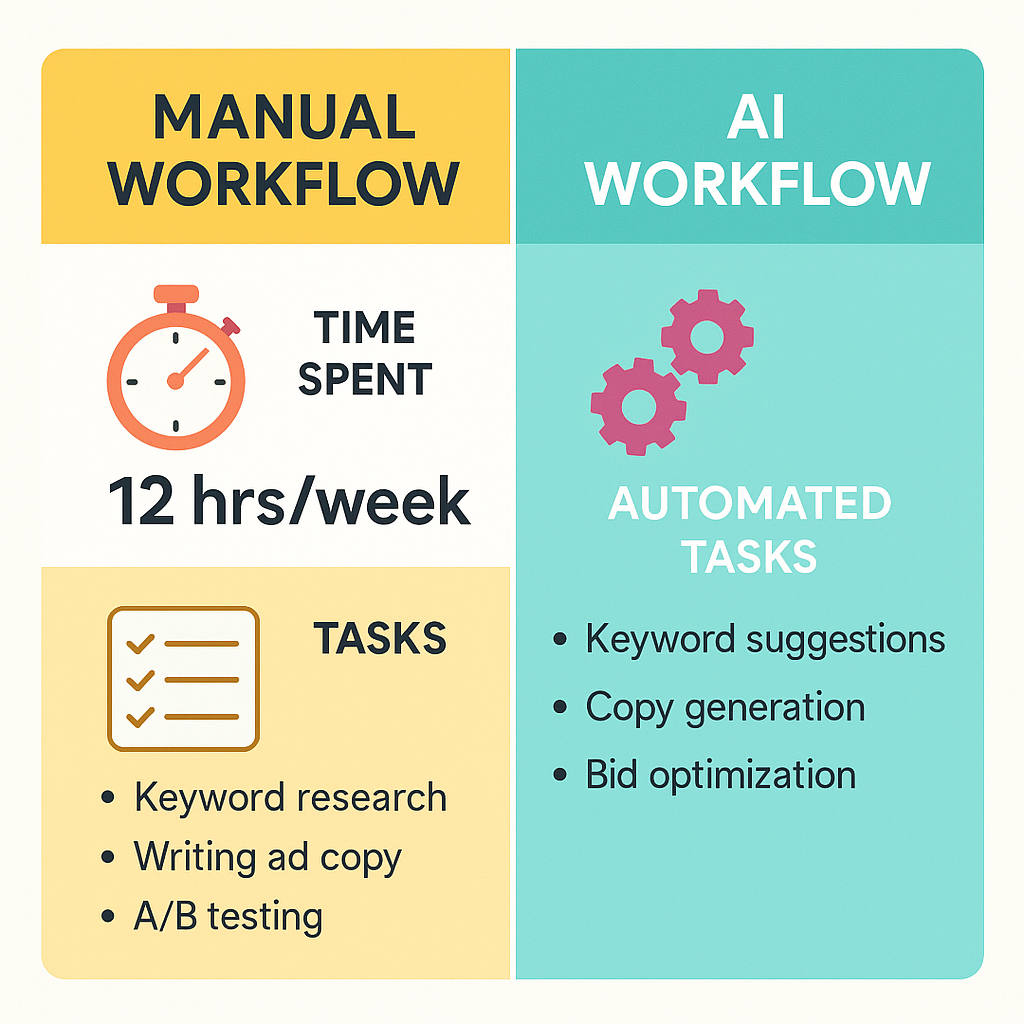
Best Practices for AI-Powered Google Ads in 2025
To succeed in today’s AI-driven Google Ads, advertisers should follow these practical strategies.
- Pair broad match keywords with Smart Bidding strategies like Target CPA or ROAS to expand reach while controlling costs, monitoring search terms to add negative keywords.
- Provide up to 15 headlines, 4 descriptions, and diverse images/videos for Responsive Search Ads and Performance Max, refreshing monthly to combat ad fatigue.
- Assign conversion values, like $100 for high-value leads, and use Maximize Conversion Value bidding to prioritize ROI, aligning campaigns with business goals.
- Audit conversion tracking and integrate offline conversions via Google Analytics 4 or CRM, as accurate data fuels AI’s optimization for Google Ads Optimization Dubai.
- Allow 1-2 weeks for AI’s learning phase when launching strategies like AI Max, running experiments to compare performance against manual bidding.
- Check metrics weekly, such as CTR, CPA, and ROAS, intervening if AI targets low-quality conversions, and use Google’s Recommendations selectively for minor tweaks.
| Frequency | Task | Tool/Strategy |
| Daily | Monitor spend, check AI anomalies | Google Ads dashboard |
| Weekly | Add negative keywords, review metrics | Search term reports, Performance Max insights |
| Monthly | Refresh creative assets, run experiments | RSAs, AI Max, Campaign Experiments |
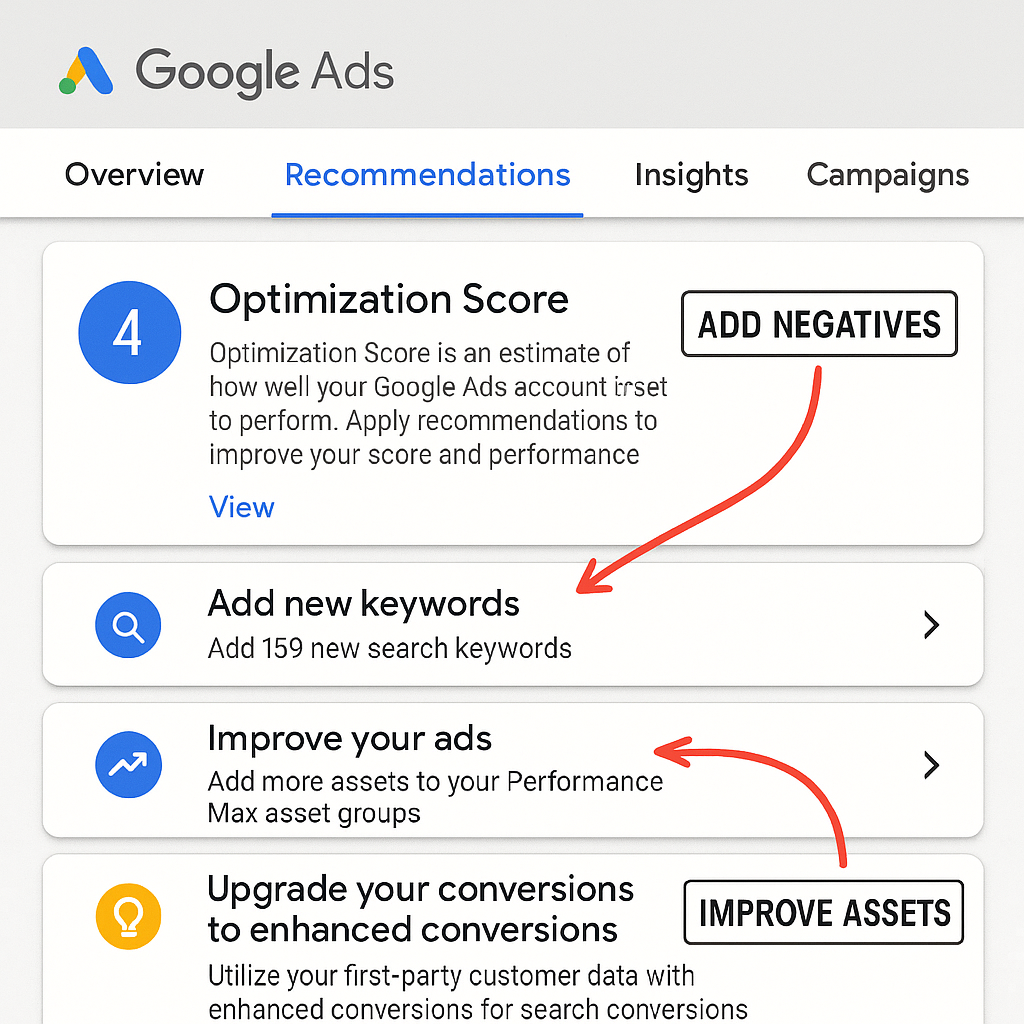
Common Pitfalls to Avoid
AI makes Google Ads powerful, but missteps can hurt performance.
- Setting vague goals without clear CPA or ROAS targets leads to wasted spend, as AI lacks direction to optimize effectively.
- Broken conversion tracking misleads AI, causing it to chase wrong outcomes, so audit setups before scaling campaigns.
- Over-relying on AI without oversight risks irrelevant query targeting, requiring weekly checks to refine negative keywords.
- Providing skimpy creative assets limits AI’s ability to optimize, so supply diverse, high-quality inputs for better results.
- Tweaking campaigns during AI’s learning phase disrupts calibration, so be patient for 1-2 weeks to see stable performance.
For businesses aiming to buy Google Ads account or Reactive Google Ads account, avoiding these pitfalls ensures compliance and quick campaign success.
What’s Next for Google Ads?
The future of The Evolution of Google Ads Management points to deeper AI integration, as outlined at Google Marketing Live 2025.
- AI Max for Search, rolling out in Q3 2025, targets nuanced queries with keywordless tech, boosting conversions by up to 27% for advertisers.
- Ads in AI Overviews, now on desktop, tap into complex queries, offering new ad moments for businesses in Google Ads management Dubai.
- Voice and visual search optimization will grow, with AI targeting conversational queries and product scans via mobile devices.
- Privacy-first strategies, like Consent Mode and first-party data, will drive AI targeting as third-party cookies phase out.
- Enhanced transparency, such as channel-level Performance Max reporting, will address “black box” concerns, balancing AI power with control.
Marketers must master data strategy, creative optimization, and experiment design to stay ahead in this evolving landscape.
Wrapping It Up
The Evolution of Google Ads Management has taken us from manual bid tweaks to AI-driven Performance Max campaigns, redefining digital advertising. AI saves time, boosts ROI, and empowers businesses of all sizes, but success requires a hybrid approach—letting AI handle bidding while humans steer strategy and creativity.
Start by auditing your conversion tracking, embracing Smart Bidding, and supplying rich assets. Whether you’re a solo entrepreneur or a Google Ads management agency in Dubai, these tools can elevate your campaigns. Dive in, experiment, and let data guide your path to advertising success.
Frequently Asked Questions
1)What is the history of Google Ads management?
Google Ads management has changed a lot over time. It started with manual processes and now uses AI. The platform has added many new features, like Quality Score and Smart Bidding.
2)What are the core components of the Google Ads platform?
The Google Ads platform has key parts. These include setting up campaigns, finding the right keywords, creating ads, choosing bids, and tracking how well ads do. These parts have been important for PPC ads since the start.
3)How have manual campaign optimization strategies evolved over time?
Manual campaign optimization has grown from simple methods to more complex ones. It now includes detailed keyword research and audience targeting. These steps were used before AI solutions came along.
4)What are the key milestones in Google Ads platform development?
Important moments in Google Ads include the Quality Score launch and Enhanced Campaigns. Smart Bidding was also a big step. These features use data and algorithms to make ads better.
5)What are the benefits of manual campaign setup compared to automated solutions?
Manual setup gives more control and allows for specialized skills. It lets you test and refine strategies. Automated solutions, however, make things more efficient and scalable.
6)How has the integration of machine learning and artificial intelligence impacted Google Ads management?
Machine learning and AI have changed Google Ads a lot. Features like Smart Bidding and automated ad creation have made campaigns better. They also help save money and improve efficiency.
7)What are the common challenges in modern Google Ads management?
Modern Google Ads management faces challenges. These include dealing with AI features, understanding performance data, and keeping control. It’s also important to balance human skills with AI.
8)What are the best practices for combining manual and AI-powered approaches in Google Ads management?
To mix manual and AI methods well, plan strategically and monitor performance closely. Use techniques that use both human skills and AI. This approach can lead to better results.
9)What are the emerging trends and future developments in Google Ads management?
New trends in Google Ads include better AI and more automation. There will also be new solutions to make ads work better and easier to manage. These changes will help improve PPC ads.


